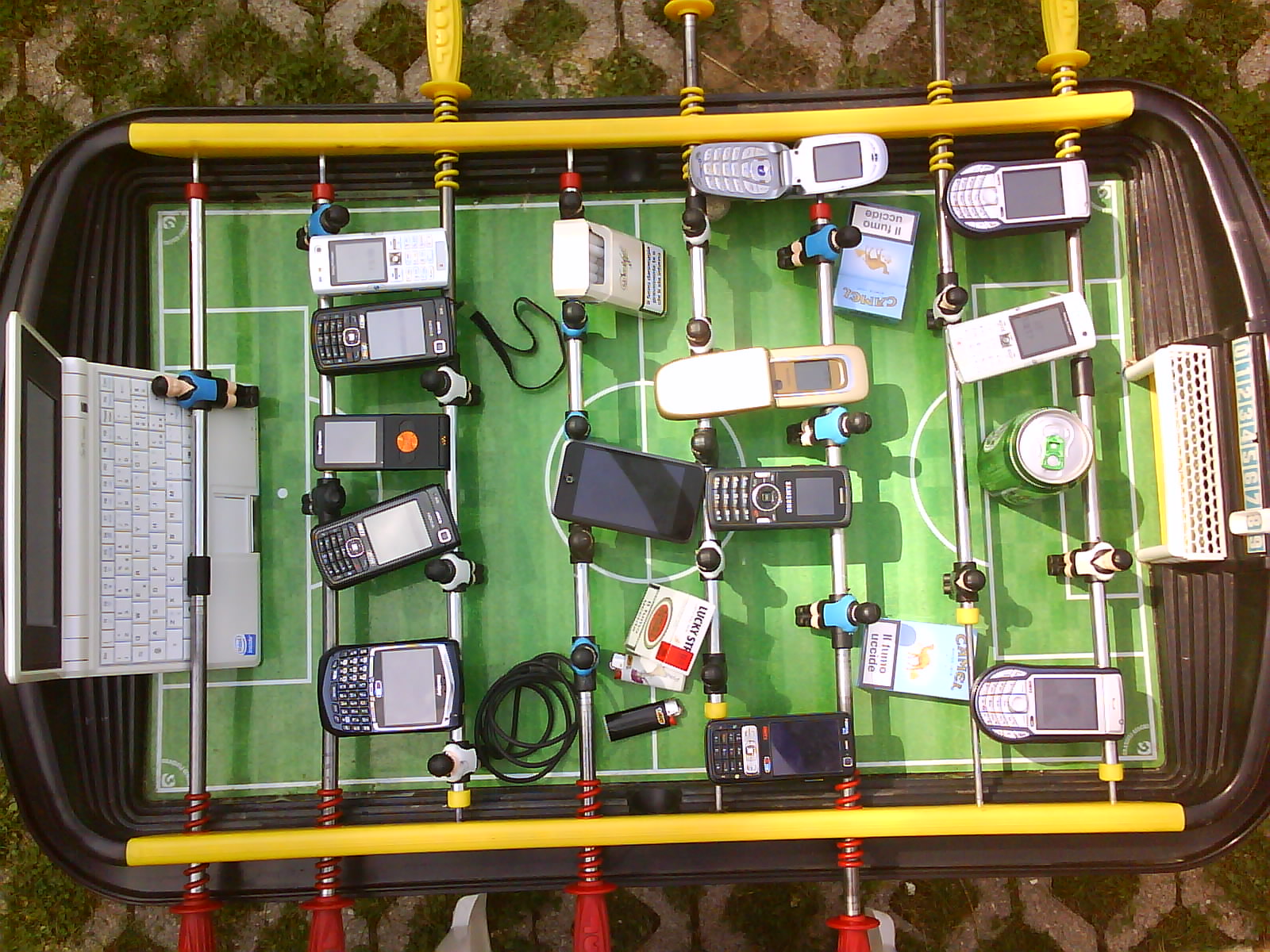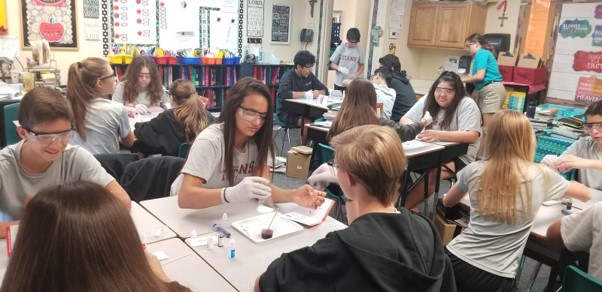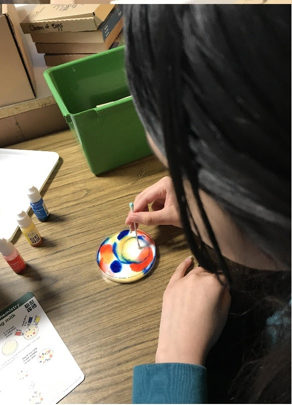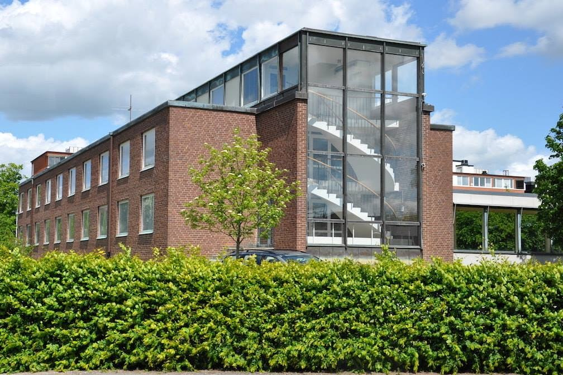A microscope in your pocket
Smartphone apps are nowadays completely indispensable to most of the people. They are handy, easy to use, widely available and hence very popular. However, until today we have known only some networking and IT-related apps, which are on the one hand useful, but on the other hand do not meet all the customers’ needs. What if we could translate smartphone-computing, apps and cloud technology to such a vital area as medicine? We are not talking about medical handbooks. What if we could examine DNA molecules using our smartphones? This sci-fi idea has recently become a reality.
##A smart modification
A group of scientists from the University of California (Los Angeles) have developed a device that will enable common users make pictures of biological molecules like DNA on their smartphones. The method is based on fluorescent microscopy. This lightweight (190 g.) cellphone attachment costs approximately $400, which is significantly cheaper than a conventional benchtop fluorescence microscope. In prospect, the cost can be considerably reduced when large volume manufacturing is started. [1]
##How does it work?

(author: mararie)
The principle of operation of the device is as follows. A drop of the sample is placed in between two coverslips to generate a transient fluid flow. This simple procedure stretches the DNA fragments by using the strong shear force. It is needed since coil-shaped DNA molecules are unsuitable for imaging.

(author: mararie)
The labeled DNA molecules are then irradiated with a laser beam to acquire energy. A high-energy state is unstable, so the molecule returns to a low-energy state, but the obtained energy difference is released in the form of photon-flow, which is finally detected by a receiving lens. This process, which is called fluorescence, is the basic principal of a novel device.
You can read more about fluorescence microscopy here.
or watch a Video.
##Remote technology

(author: angelabarison)
In addition, there will be a computational interface for a Windows-based mobile app to connect our raw images with a back-end server application. There the acquired fluorescent images will be processed to rapidly quantify the length of each DNA strand by comparing the results to the measured fluorescent signatures. The results of this DNA detection and length measurement can be visualized at the mobile phone screen as well as at remote computers. [1]
##Do we need a microscope in everyday life?
Yes. Primarily because imaging of a single DNA molecule has been of particular interest because many diseases including cancer and neurological disorders such as Alzheimer’s disease are associated with genomic alterations. Unfortunately, tradition methods of biomolecule imaging are costly, complex and bulky. The translation of traditional imaging techniques to portable, cost-effective and high-throughput instruments would open up a world of new applications in medicine, global health and diagnostics fields.

(author: Juhan Sonin)
The device was developed by a team led by Prof. Aydogan Ozcan, an electrical engineering and bioengineering professor at the Henry Samueli School of Engineering and Applied Science and director of the California Nanosystems Institute. Hopefully, in the nearest future many hi-tech applications will become trivial. It may happen soon, that our smartphones will open up an opportunity to implement many complex procedures, which earlier were costly and possible only under the guidance of professionals.
[1]. Qingshan Wei et. al. ACS Nano, 2014, 8, 12, 12725 –12733. Hyperlink of this article.
See also

CASE STUDY - 8th Grade students at St Timothy's Catholic School use MEL Chemistry to enhance their science lessons
Saint Timothy Catholic School in Mesa is committed to promoting academic excellence in each child it looks after. They encourage self-discipline, self-respect, and respect for others. They understand the importance of engaging students in a comprehensive and relevant curriculum. As a result, the middle school science teacher from St. Timothy Catholic School is using MEL Chemistry subscriptions to enhance and expand their range of learning activities.

CASE STUDY - MEL Chemistry allowing pupils to reach their full potential
The Empower Learning Center is the Alternative Learning Program (ALP) within the Hinckley-Finlayson School District. They offer non-traditional education options for students ages 16-21 in their daytime program, night school for traditional high school students who need to make up credits, and night school for adults 18 and older who would like to complete their diploma or equivalency.
The school was seeking engaging, hands-on chemistry kits to make their science classes more interactive, and to help their students understand key science concepts and achieve their full potential in chemistry.

CASE STUDY - MEL Chemistry at Lund International School, Sweden
Emma Taylor, a science teacher at Lund International School (Sweden), has chosen MEL Chemistry sets as the best option for her students’ science classes. In Lund International School, all programmes are taught in English, and having chemistry sets in English are a great asset to accompany science classes.
Here, Emma shares her experience of how MEL Chemistry sets improved her students’ comprehension and understanding of science concepts.